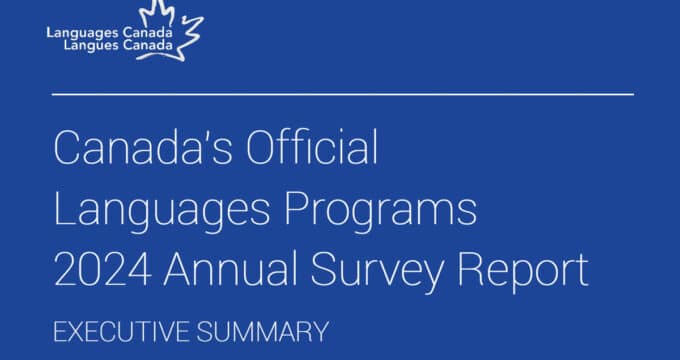Free online courses, recruitment, and the university brand
Say you were a young person with an eye on a good career, would you enrol in a free course – with quality content but no credentials awarded at the end? It would be cheap, for sure, and you would learn required skills, but would this be enough to convince an attractive employer to hire you? Maybe not. But wait … what if the course were not only free, but from a prestigious learning institution and accompanied by a certificate upon completion? That sounds more interesting. What’s more, it is already available, provided by such reputable institutions as Harvard, Stanford, and M.I.T. MOOCs (Massively Open Online Courses) are popping up all over the place, and the big news is that now they’re being offered with certificates or letters of completion. For example:
- M.I.T. recently introduced MITx, an “online learning platform offering free online courses for anyone, anywhere to earn certificates in distance coursework.”
- Edx is a partnership between M.I.T. and edX and it will offer free online courses from both universities. It, too, promises a certificate – but it will not be from Harvard or MIT, bearing instead the name of the not-for-profit overseeing the edX programme.
- Udacity, the brainchild of popular Stanford professor Sebastian Thrun, has tempted more than 200,000 people to date to sign up for its six courses, which also come with certificate upon completion. Thrun’s Artificial Intelligence course enrolled 160,000 students in 2011 from 190 countries.
- This month, Stanford, Princeton, the University of Pennsylvania and the University of Michigan announced their partnership with a new commercial company, Coursera, with $16 million in venture capital. The University of Michigan at Ann Arbor and the University of California at Berkeley will also open their first MOOCs with help from Coursera.
Interest in MOOCs is growing fast – both in terms of top-tier universities investing in them and students enrolling in them – but it is the value of the certificate that may ultimately decide their future within the structures of higher education. A certificate of completion is not the same as a degree, and employers know this. Students do too, as evidenced by the high attrition rates to date; for example, though 160,000 students enrolled in Udacity’s Artificial Intelligence course, only 23,000 completed. As MOOCs continue to develop and establish themselves, questions that arise include:
- Will MOOCs recruit students to core university programmes, or cannibalise these programmes? In other words, is exposing a student to core course material for free a way to build brand awareness and engage prospective students?
- What do MOOCs do to the core brand? Do they enhance it or diminish it in the minds of regularly registered students or student prospects?
- What do they mean in terms of traditional degree models? Do they signal the beginning of a trend towards shorter programmes (e.g., certificates) rather than full degree programmes?
- Will MOOCs attract one type of students, and repel another type? Will it signal the need to promote MOOCs to one audience and traditional on-campus programmes to another?
Whatever the answers, we do not have them yet – this is still the stage of experimentation. But the experimentation is earnest and intense, driven by the increasing competition for foreign students. As a blog post by the Pearson Think Tank explains:
“The global average increase in HE enrolments is predicted to fall to 1.4% p.a. by 2020 compared to annual average growth of over 5% in the past two decades. This is due to many populations, such as China’s, passing their peak in terms of young people, as well as ‘maturing’ economies making enrolment gains less quickly after initially rapid increases. Although many nations are yet to reach their higher education potential, one might argue that the global peak may have already passed.”
It is thus likely MOOCs in some shape or form are here to stay, if only because they represent a compelling way to reach new student targets as the higher education sector matures. Sources: Lumina Foundation, Forbes, New York Times, Inside Higher Ed, Pearson Think Tank


















